LinkedIn Lead Ads: What are they and how do they work?
Undoubtedly, of all current social media, LinkedIn is the social network par excellence for professionals and the one most used to establish new business relationships between companies. In addition to fulfilling the usual functionalities that we can expect from any other social network, the value it provides for commercial activities lies in the possibility of implementing different types of advertising campaigns on LinkedIn on its platform.
Types of LinkedIn advertising campaigns
Before getting to know in detail the peculiarities of LinkedIn Lead Ads, let's remember the types of existing campaigns:
- Sponsored content campaigns. This is the most common form of promotion currently on both LinkedIn and other social networks and consists of the creation of a sponsored content that appears in the news feed of the target audience.
- Text ad campaigns. Easily recognisable, text ads are those that can appear in both the sidebar and the top bar while browsing the pages of the social network.
- Sponsored InMail message campaigns. In a somewhat more invasive but obviously more appealing way, sponsored messages are personalised communications that selected users receive in their InMail inbox.
- Dynamic ad campaigns. These are ads capable of automatically adapting their content based on the profile information of the target audience determined for the campaign.
- Display format ad campaigns. Slightly less well-known than the previous ones, LinkedIn also allows the dissemination of ads with image and video formats, so they allow much more creativity than text ads and therefore are usually more attractive to the target audience, achieving better conversion rates .
In previous articles we have already expounded the functionality of LinkedIn Ads and we have even compared its advantages and disadvantages in a B2B marketing strategy with Google Ads. This time we are going to delve specifically into how the social network for professionals can help us in our strategy for generating leads or qualified contacts and how the platform allows monitoring or tracking of conversions.
What are LinkedIn Lead Ads
Although the different types of ads presented above may be more or less known to digital marketing professionals, the new LinkedIn Lead Ads are a new, more direct solution whose main objective is to attract qualified contacts. These ads consist of a contact form that the user can quickly auto-complete with their personal profile information.
Advantages of LinkedIn Lead Generation Forms
With this more efficient system and clearly focused on attracting new qualified leads, our online communication strategy can benefit from:
- Generation of qualified leads on a large scale. With more than 500 million users worldwide, the platform allows you to define a specific target for each ad campaign as well as for contact forms.
- Monitoring and tracking in detail. Through the platform's dashboard, it is possible to measure and consult the results of previous or ongoing campaigns for measurement tasks and to keep updated all the indicators that we consider relevant; number of leads generated, cost per lead (CPL), etc.
- Manage new contacts efficiently. It is possible to download a document that includes all the contacts generated through LinkedIn Lead Ads, but we can also integrate with our current CRM to automate the input of data to our database.
How new LinkedIn Lead Ads work
To take full advantage of the lead generation forms on LinkedIn, it is extremely important to follow a previously developed lead generation strategy, although we will always be able to modify it when we receive the first results and adapt this strategy to achieve better results. To design a lead generation strategy in LinkedIn Lead Ads we must take into account the following steps:
- Offer exclusive content. In order to attract attention and get users to enter their data, it is essential that, in return, we can offer some type of content that is relevant to them; a study on our sector, an ebook, an invitation to an event, etc.
- Segment our target audience. The better we refine our target, the better the results of our campaign to attract qualified contacts will be. Instead of creating a single form, we can create different custom forms for each segmented profile that we have detected.
- Design a good lead generation form. Although LinkedIn provides its own templates for the preparation of the form, we must be aware that simplifying the fields and sticking to the most relevant and essential ones is usually easier for users. However, it is important to remember that one of the main attractions of LinkedIn Lead Ads is that users can auto-complete these forms using their personal information attached to the social network and, taking into account the professional nature of the platform, this gives a higher quality of acquired contacts.









